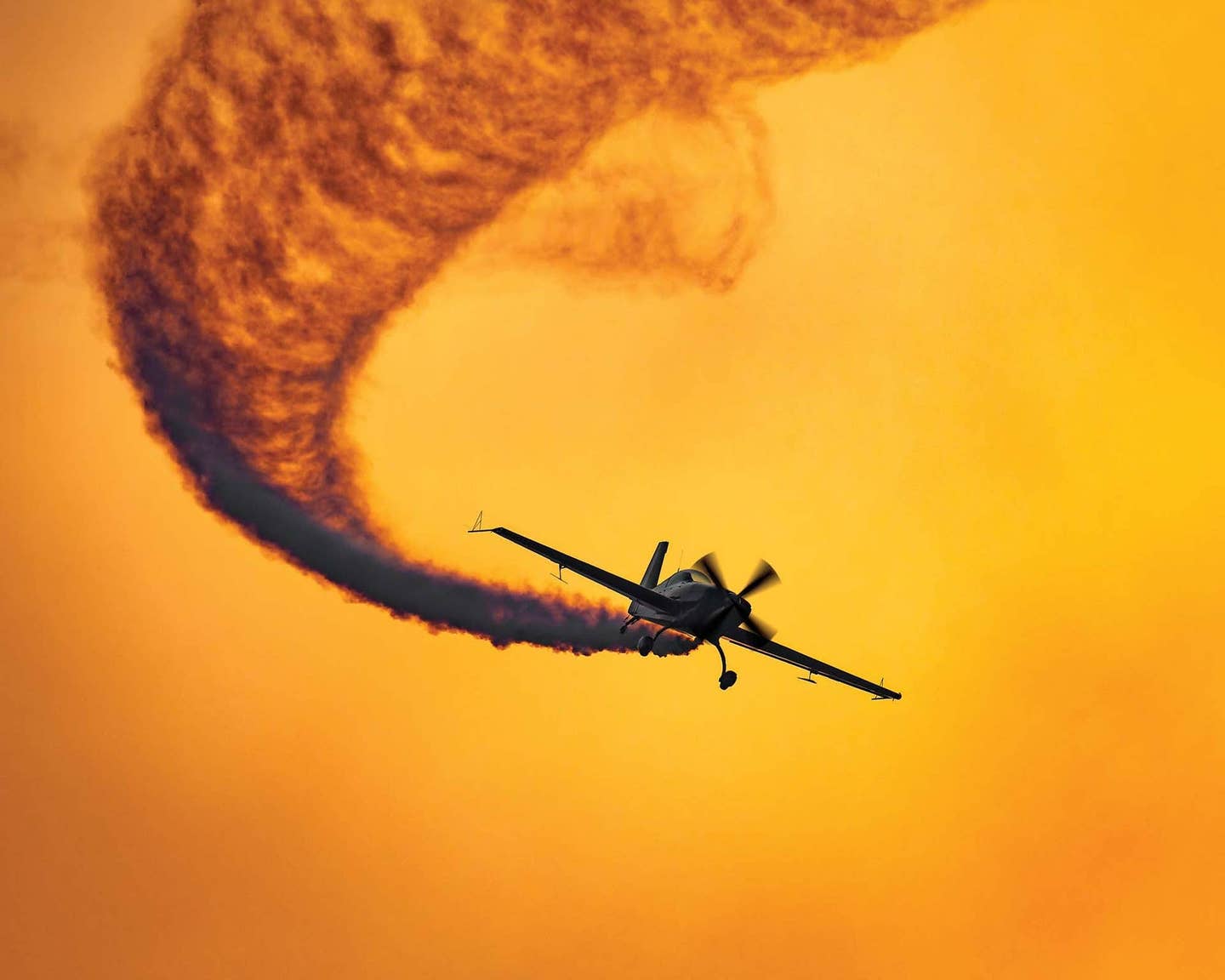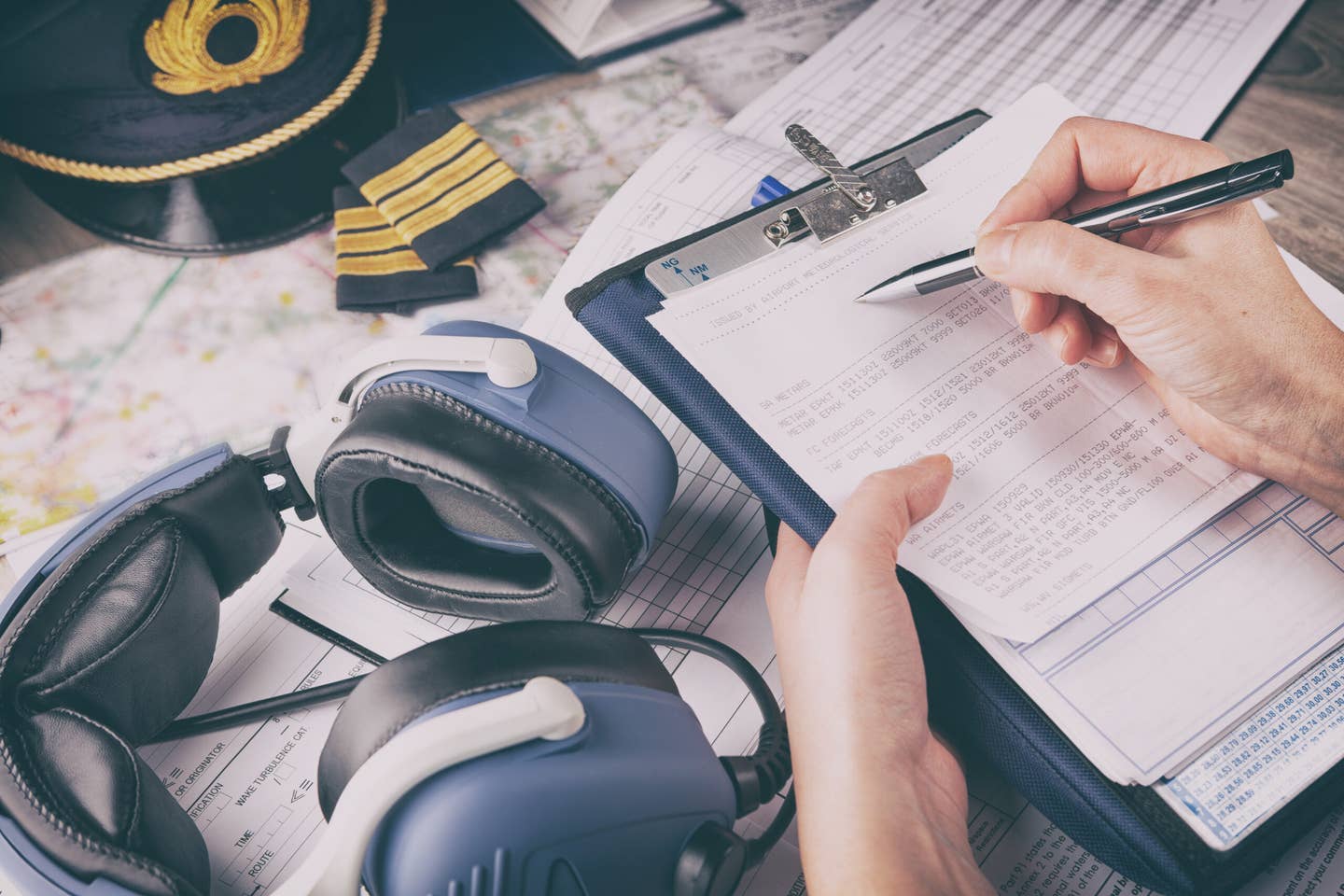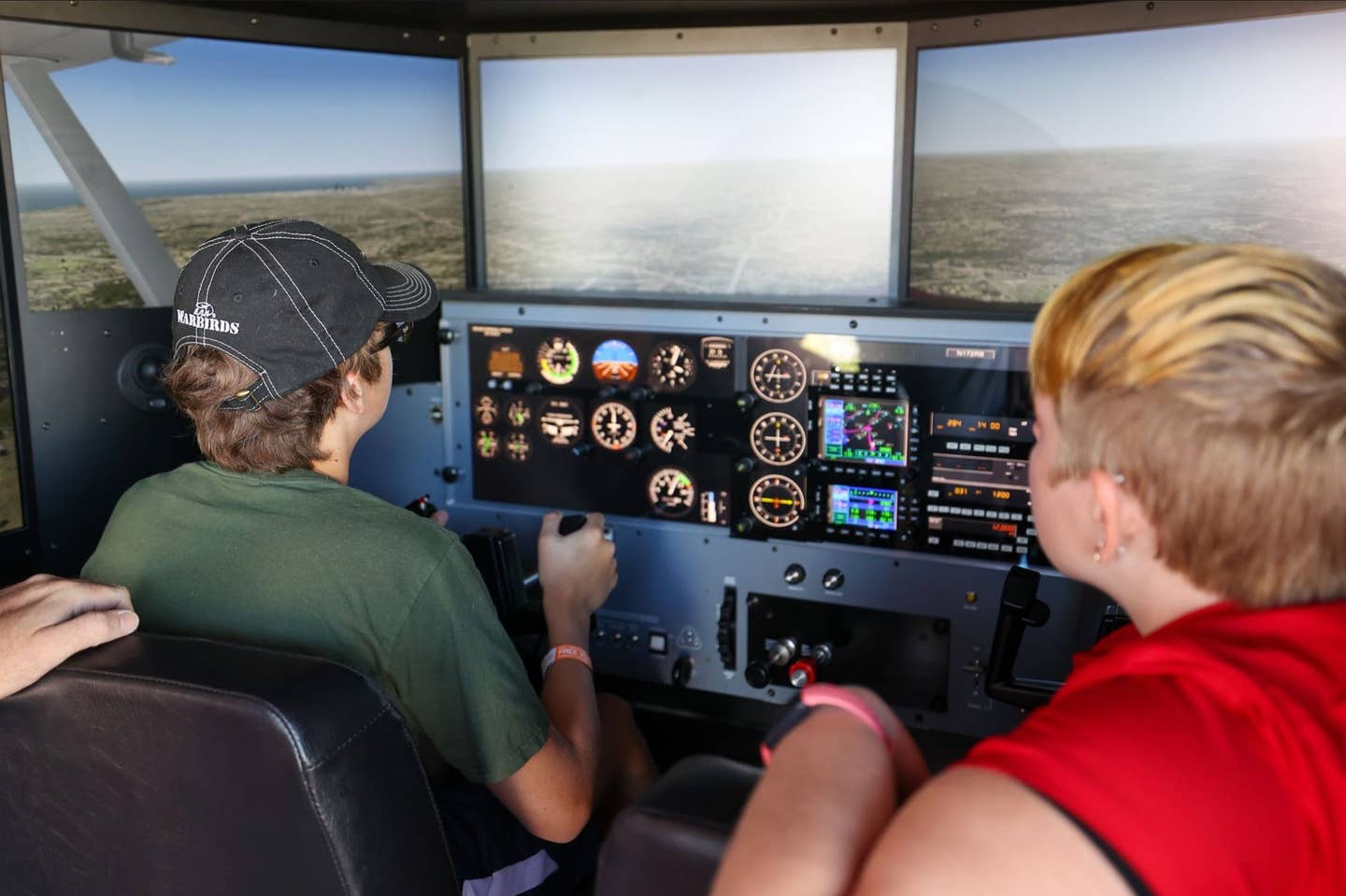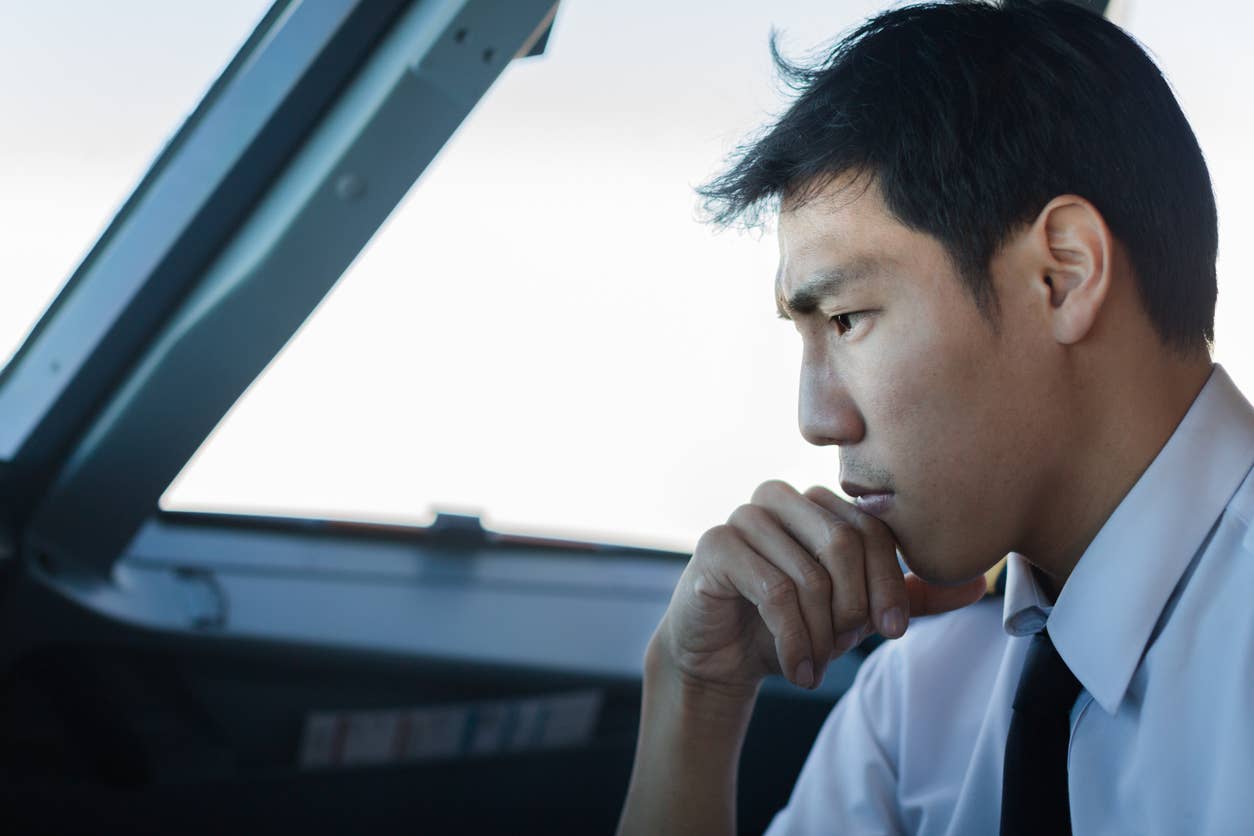After the Accident: Adrenaline Therapy
Pilots need to care for their psyches before ups and downs in life affect that time in the cockpit.

[Credit: Adobe Stock]
Waiting in a desert canyon outside Las Vegas, photographers stood ready to capture the adrenaline rush of high-speed, low-level aerobatics. Instead, they became eyewitnesses to a fatal crash. The National Transportation Safety Board (NTSB) has released its final report on the July 3, 2022, event, highlighting both aerodynamic and regulatory breaking points.
The 58-year-old pilot had about 7,000 hours of flight time, built up as a respected Marine Corps F/A-18 fighter pilot and United Airlines first officer. That day, he was solo in a 1996 Extra EA-300L single-engine unlimited competition aerobatic airplane. The strong machine was working as expected. In the wording of the NTSB, “postaccident examination of the airframe and engine revealed no evidence of preimpact mechanical failures or malfunctions that would have precluded normal operation.” Weather wasn’t a factor either, the sun coming up on a glorious Nevada morning. No clouds, no wind, visibility unlimited. At 8 a.m., it was already a dry-heat 90 degrees Fahrenheit.
Taking off from the Henderson Executive Airport (KHND), the pilot flew a straight track over the desert for about 9 miles. The NTSB says he reached a maximum altitude of about 4,244 feet msl. By combining ATS-B data, several eyewitness accounts, and video recordings, we know exactly what happened next.
The pilot flew into a gap between ridgelines and performed a series of rapid climbs, turns, and descents. It was an astonishing display of exciting high-G aerobatics at low altitude through a rocky valley. Wingovers becoming hammerhead turns. Airspeed rapidly swinging back and forth between 60 and 160 knots. Three reversals were recorded, with climb and descent rates of over 10,000 feet per minute. At times, the airplane was less than 200 feet above ground level.
The last ADS-B flight data point has the airplane at about 2,519 feet msl with a groundspeed of only 48 knots. Two witnesses observed the Extra pull up in a climb, then enter a spin toward the ground. In one video, the airplane goes temporarily out of view behind a ridgeline. It’s then seen in a steep nose-down descent with rotation. The airplane crashed into the desert at an elevation of 2,050 feet msl. The wreckage displayed physical evidence that the aircraft was still spinning on impact. The Clark County medical examiner determined the cause of death was “multiple blunt force injuries.”
The NTSB is clear on the probable cause. During aerobatics, at low speed, the pilot exceeded the wing’s critical angle of attack, which resulted in an aerodynamic stall and spin. That’s the physics.
In addition, because the aerobatics were conducted well below the FAR-prescribed 1,500-feet minimum altitude above the ground, he was too low to recover control. That’s the regulatory safeguard.
There was one other thing: “Contributing to the accident was the pilot’s use of methamphetamine.”
The FAA Civil Aerospace Medical Institute forensic toxicology analysis revealed high levels of methamphetamine, its metabolite amphetamine, phenylpropanolamine, and pseudoephedrine. The latter two are apparently unreacted precursors, which can be present when meth is illegally manufactured from decongestants. Needless to say, using any amount of street meth is disqualifying for FAA aeromedical certification. Among its many other effects, methamphetamine impairs judgment, increases impulsivity, and increases risk-taking.
Physics can explain the accident, but so can psychology. There’s more to the accident pilot than was in the NTSB report.
As a kid, he enjoyed watching airliners take off and land at Chicago O’Hare International Airport (KORD), wishing he could someday fly one. A Marine Corps recruiter at Hastings College in Nebraska jump-started his career by enrolling him in Officer Candidates School with an aviation track. After earning his wings, he was assigned the F/A-18 Hornet and went to war, flying combat missions in Desert Storm.
With hostilities over, the pilot transferred to a part-time reserve unit and joined United Airlines, flying out of O’Hare. He was living his dream. Then 9/11 happened, and he was deployed to a second war, this one in Iraq. He made it to 20 years of service, retiring from the Corps as a decorated lieutenant colonel. But some experiences had left scars.
He isolated himself from family, friends, even fellow Marines. A business venture failed. He was frustrated, down, dark. Then, the fighter rose again, becoming increasingly active in several veteran associations and PTSD groups. Impressed with the results other Marines and psychiatrists were having using skydiving or scuba diving as a therapy for PTSD, he started a company offering adrenaline therapy. With utility task vehicles and Humvees, he organized stress relief and mental health healing off-road desert trips for vets.
The latest venture was the Extra 300. On YouTube he described his mission “to share God’s creation from His view, providing an experience of a lifetime. Our ancestors dreamed of breaking free from gravity and soaring where eagles dared … escape the mundane, pandemic riddled world by taking flight in one of the most maneuverable airplanes ever manufactured.” The July 3 flight was a planned photo shoot for his Adrenaline Therapy LLC.
After the accident, we can understand the stall/spin aerodynamics. We can make sense of minimum altitude regulations that give us time and space to recover control. These are breaking points we can analyze. But to make sense of PTSD, to understand a hedonic urge to fly close to danger, that might require a different kind of analysis.
Editor’s Note: This article first appeared on Plane & Pilot.

Sign-up for newsletters & special offers!
Get the latest FLYING stories & special offers delivered directly to your inbox






